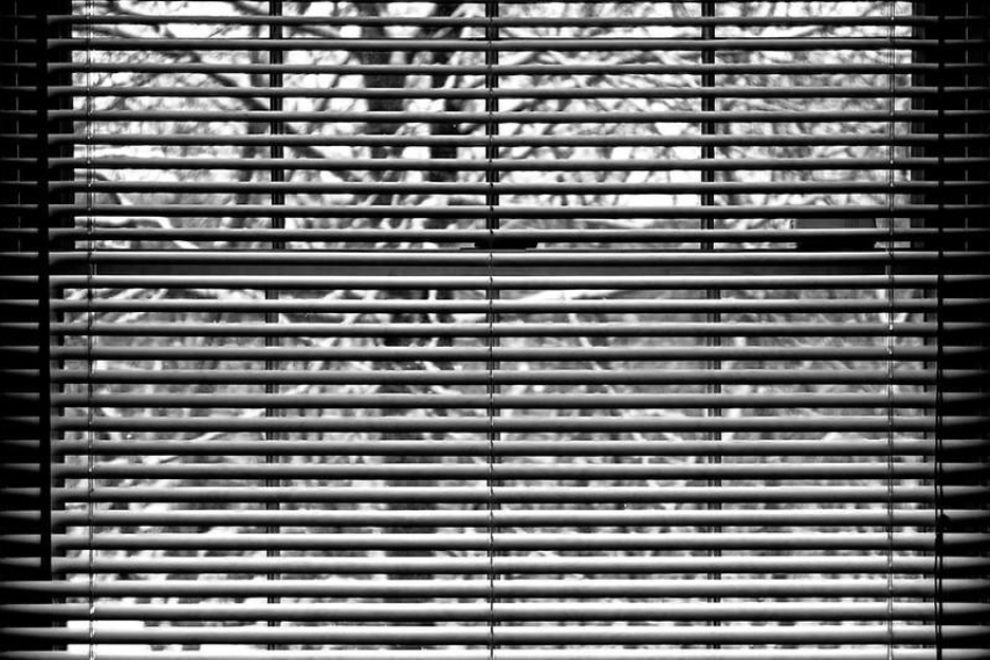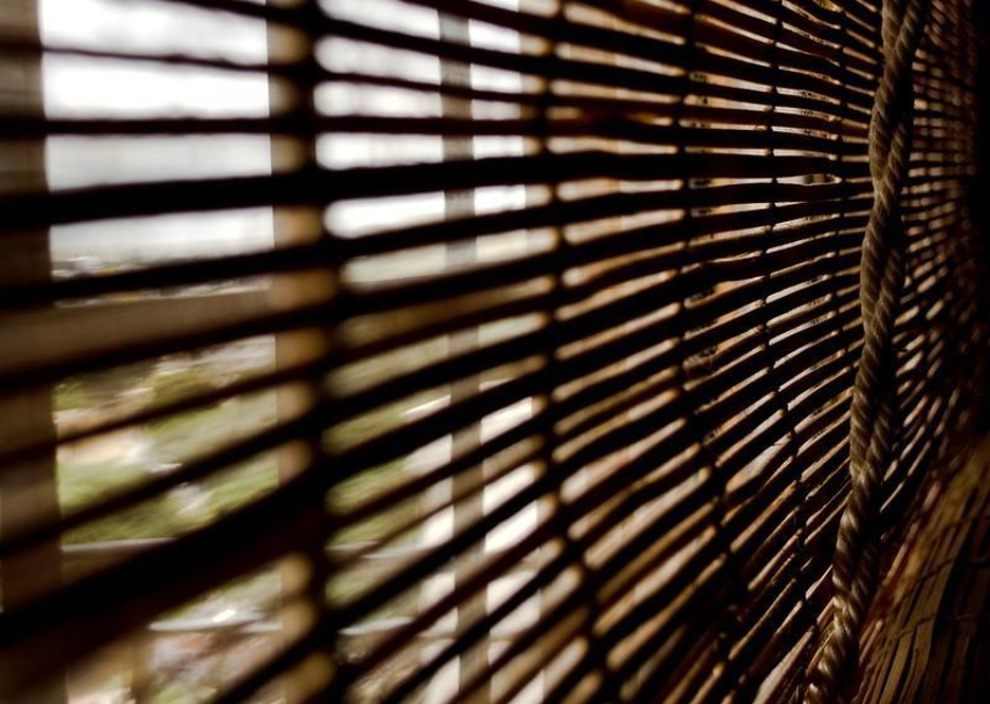
Cleaning Blinds 101
Although many homemakers despise cleaning their blinds due to a variety of reasons, it is highly recommended that homemakers push through and get their blinds cleaned regularly. If you have blinds installed over your windows in your bedroom or white wood blinds, you would understand the feeling of mild disgust when you open the blinds only to see a sea of dust covering the slats of the blinds. The worse thing is that the morning sun rays will illuminate every speck of dust intricately to pronounce how horribly in need of cleaning your blinds are, which can be quite the downer every morning.
Do not wait until the amount of dust becomes so unbearable that your allergies are flaring up before you attempt to clean them. By then, it is likely that attempting to clean will aggravate your symptoms even more. The good news is that cleaning is actually quite manageable once you get the hang of it and when you apply the handy tips we are about to share with you. Read on if you are interested to get to know these tips that are sure to improve your allergies on a daily basis once you establish a cleaning routine for your blinds.
Quick Cleaning
When it comes to cleaning, most homeowners can agree that there are many degrees to cleaning based on the amount of time and effort homeowners are willing to sink in to ensure the cleanliness of an area. When it comes to cleaning blinds, there are instances when you do not have enough time to spare but you realize that there is an urgent need for the dust on the blinds to go due to the alarming rate that they are accumulating.
Prepare a bowl of vinegar mixed with some water. Then wrap a cloth over your hand and proceed to dip your hand and cloth into the vinegar mixture. Now go ahead and run your hand across the slats to get rid of the pesky dust particles. If your blinds are made of vinyl, faux wood, and other less sensitive materials, you can consider using a microfiber cloth to make your job easier. Remember, doing this regularly will reduce the need and effort required for the annual deep cleaning of the blinds, so we highly recommend that you do this routinely.
Deep Cleaning
Raise your hand if you have neglected your house’s blinds for an unknown period of time, resulting in layers of persistent grime and dirt on them. Sometimes, we make bad choices in life but it’s okay. There are always ways to remedy them, but you need to be ready to put in the extra work.
The first course of action is to read the handbook of your blinds for instructions on maintenance if you still have them kept somewhere in your home. Most of them have detailed writeups on how to care for them, specifically for blinds of wood, fabric, and other less durable materials that require more specific care than the standard ones.

One good news before you start—you don’t have to remove your blinds from the hinges if your blinds are made of wood, faux wood, woven wood, and fabric material. Here are some more specific instructions for blinds of different materials, and it is recommended that you take a quick glance at them.
Cleaning Wood Blinds
When it comes to cleaning blinds, always keep this in mind: Damp but not wet. This is extremely applicable to wooden blinds as too much moisture can essentially damage and discolor the wood of the blinds. Follow the same deep-cleaning method shared above and finish up by wiping off any excess dirt and dust with a vacuum brush attachment. If our wood blinds are stain-finished, you can use a wood preservative or lemon oil to give your blind a brand new shine. Finally, close to allow your cleaned blinds to dry. This whole process can be complete in less than an hour.
Cleaning Faux Wood Blinds
Despite faux wood blinds’ rising popularity, not many know the efficient way to go about cleaning them. Firstly, wipe off excess dirt and dust with a vacuum brush attachment. Then, prepare a mixture of lukewarm water and detergent with mild strength. Wet a cloth with the mixture and run it across the slats’ surfaces. Remember to blot the blinds dry and close.
Cleaning Woven Wood Blinds
An example of woven wood is bamboo, which is also gaining popularity amongst homeowners. However, it is important to note that caring for these blinds is slightly different from the others and requires more attention to detail. For these blinds, we recommend vacuuming them with a brush attachment, but take note to hold them at a distance away from the blinds themselves to prevent accidentally damaging the blinds. Never wipe them down with a cloth or towel of any kind. It is likely that they will shed and get stuck in the weave of the bamboo or the woven material, which becomes another problem altogether. Vacuuming the blinds from an inch away works best to clean them and it will do well for owners of such blinds to stick by this cleaning method.

Cleaning Venetian Blinds
Venetian blinds are the broader type of blinds and easily get dusty as a result. Thankfully, they are made with faux wood, and hence cleaning them is highly similar to how one would clean faux wood blinds. For those lazy to scroll up, simply wipe the surfaces of the blinds with a wet cloth soaked in a mixture of warm water and mild detergent. Once again, remember to blot dry and close before you call it a day.
Cleaning Fabric Blinds
For fabric blinds, you would want to vacuum them first. After that, do some spot treatment by blotting the problem areas with a soft cloth soaked in a mixture of warm water and mild detergent. Take note to not overdo the blotting and apply excessive pressure. Consider using your stain fighter for more persistent stains. It is important to conduct a simple test patch first to ensure that this treatment does not cause the fabric to fade in color. If this is too much work for you, you can always count on the dry cleaner as well.
Conclusion
Do not neglect your blinds and try to instill a habit of cleaning your blinds every month before the dust gets out of hand. Cleaning blinds are actually not hard as many assume it to be, and they can be pretty therapeutic once you get the hang of it.

















